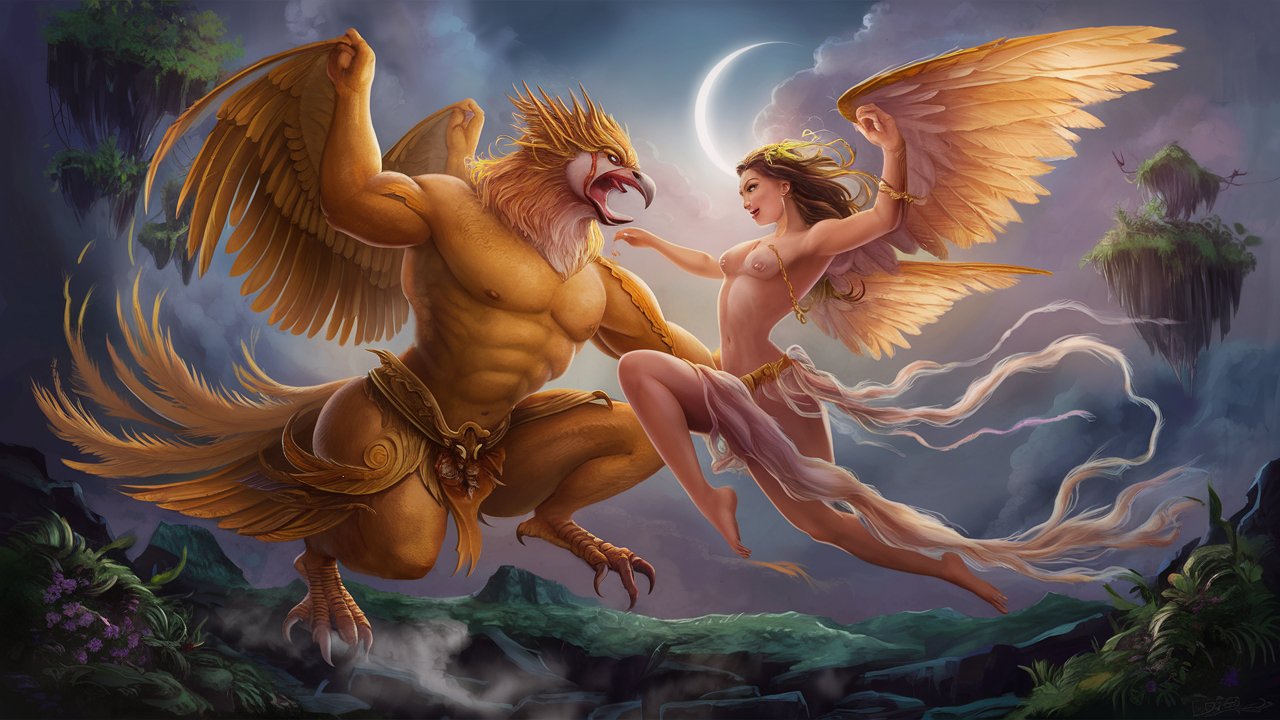
when Horror Yearbook –The Legend of Kinnaree is deeply rooted in Thai mythology and culture. These creatures are half-bird, half-woman, celebrated for their stunning beauty and elegance. They symbolize purity and kindness, often inspiring artists and performers alike. Kinnarees are commonly depicted in traditional Thai art and classical dance. Their graceful movements and serene expressions capture the imagination of many. Stories about Kinnarees teach important cultural values about virtue and harmony. They remain a beloved symbol throughout Thailand and Southeast Asia. The legend continues to influence modern Thai culture in various ways.
Kinnarees originate from Buddhist and Hindu mythology. They dwell in the mythical Himmapan forest, a sacred land full of magical creatures. These beings display the torso and face of a beautiful woman with the wings and lower body of a bird. Their appearance combines human qualities with the freedom and grace of birds. Artists usually depict Kinnarees wearing elegant garments and intricate jewelry. Their physical beauty reflects their kind and gentle nature. The blend of human and animal traits expresses their deep spiritual symbolism.
“Read about: Aka Manto: The Terrifying Red Cloak Spirit of Japanese School Bathrooms”
Thai artists have long been inspired by the Kinnaree legend. Paintings, sculptures, and murals often feature these mythical creatures. They are shown in poses that emphasize their grace and fluidity. The detailed artwork highlights their delicate features and flowing feathers. Kinnarees frequently appear in temples and royal palaces as decorative motifs. Their presence brings a sense of peace and beauty to sacred spaces. Many artisans strive to capture the essence of Kinnaree through intricate designs and vivid colors. This tradition preserves the cultural significance of Kinnarees across generations.
“Read more: Core Meditation Trainer: The Future of Focused and Measurable Mindfulness”
Traditional Thai dance also brings the legend of Kinnaree to life. Dancers perform movements that mimic the bird-like elegance of these creatures. Their costumes often include feathers and ornaments inspired by Kinnaree imagery. The dances tell stories of love, purity, and the supernatural world. Performances celebrate the harmony between humans and nature. This form of dance helps pass on the legend through expressive storytelling. Audiences are captivated by the blend of myth and artistry. The graceful choreography reflects the timeless appeal of the Kinnaree myth.
Kinnarees symbolize more than just beauty; they represent purity, compassion, and spiritual balance. Their story encourages people to cultivate kindness and respect for all living things. The legend has influenced Thai literature, music, and folklore. It also plays a role in festivals and cultural celebrations. By honoring Kinnarees, Thai society maintains a connection to its rich heritage. The creatures remind everyone of the importance of harmony between humans and nature. This symbolism remains relevant in today’s fast-changing world. The legend inspires creativity and cultural pride among Thai people.
The myth of Kinnaree extends beyond Thailand’s borders into other Southeast Asian cultures. Similar creatures appear in Burmese, Laotian, and Cambodian folklore. Each culture adds unique elements to the Kinnaree story. Despite differences, the core themes of beauty and grace remain universal. The legend helps build cultural bridges across the region. It also attracts international interest in Thai art and mythology. Tourists often seek to learn about Kinnarees when visiting Thailand. This global appreciation supports the preservation of traditional stories and art forms.